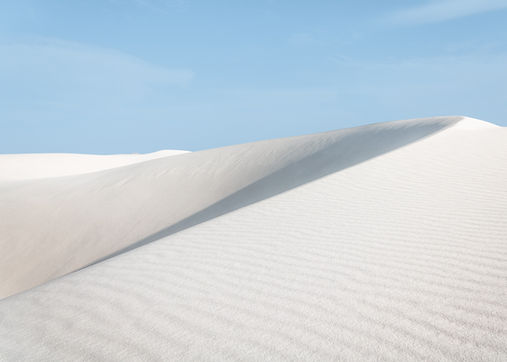TALLGRASS ONTARIO PRESCRIBED BURN TOOLKIT


Smoke Management
It is the responsibility of those conducting a prescribed burn to minimize any detrimental effects that smoke from the fire might create. In fact, persons conducting prescribed burning can be held liable for damages or accidents that occur as a result of smoke from the burn. Therefore, it is very important to make sure smoke management is addressed in all phases of planning a prescribed burn as well as during the actual burn. The following guidelines should be used to reduce the detrimental effects of smoke.
-
Consider all on-site and off-site impacts that smoke might impact when planning a prescribed burn.
-
Use the most up-to-date weather information prior to the burn to help assess smoke behavior and movement.
-
Conduct prescribed burns on days when conditions will allow the smoke to rise and dissipate quickly. Visual indicators of favorable atmospheric conditions include: clouds growing vertically; gusty winds blowing in a consistent direction; smoke from other sources rises quickly and to great heights; good visibility; and the formation of cumulus clouds. Indicators of poor atmospheric conditions include: clouds forming dense layers; steady or little wind; smoke from other sources drifts apart, hangs, or moves downward; poor visibility or haze; fog and the formation of stratus clouds.
-
Use extreme caution when smoke-sensitive areas are adjacent to or downwind of the proposed burn area. Burning should not be done when the wind will carry the smoke across roadways, airports, dwellings, populated areas, and areas where domestic animals are confined or sensitive to smoke. As a general rule, do not burn if smoke-sensitive areas are downwind of the burn area and within kilometer.
-
Check the area to be burned for combustible materials that might produce toxic fumes such as tires, asbestos and solvents. Either remove the items from the burn area or adjust the burn area to prevent the area around them from being burned. Remember that poisonous plants, such as poison ivy, can be rendered more toxic as the heat mobilizes their irritating oils and are transported along with the smoke. If poison ivy is present, make sure all members of the fire crew are advised, so that they may judge their own susceptibility.
-
Prior to conducting the actual burn, a small test fire involving the fuels to be burned should be set to evaluate smoke behavior. The test fire should be conducted in an open area away from woodland edges or structures that might create atypical wind currents.
-
Use back fires whenever possible. Back fires consume dead fuels more completely and create less smoke.
-
When possible, burn during the middle of the day. Atmospheric conditions at that time of the day tend to be most favorable for smoke dissipation.
-
Try to complete all burns prior to 5:00 pm. As the sun sets, temperature falls, relative humidity increases, and winds decline or cease altogether. Under these conditions, smoke will tend to hang close to the ground in and around the burn area.
-
If conducting a prescribed burn under less than ideal smoke transport conditions, consider breaking the larger burn block into smaller blocks and allowing the smoke to dissipate prior to burning each successive unit.
-
Notify adjacent landowners, homeowners, and the local fire department several days prior to the burn and again on the day the burn is to be implemented. It is not only common courtesy, but local statutes may require an official notification procedure. Response to the notification may also bring unknown problems associated with the proposed burn plan to the burner’s attention, such as a neighbor with respiratory problems or a family gathering planned next door. Local authorities need to be notified so that they know it is not a wildfire. It also gives local authorities advanced opportunity to review the burn plan, be better prepared in case the fire escapes, and perhaps coordinate a planned training opportunity for firefighters and other first responders.
-
As part of the actual burn plan, prepare an emergency plan that addresses changes in smoke management. Be prepared to extinguish the fire if the burn is not going according to the plan. Be prepared to contact local law enforcement officials if wind direction changes and the smoke is expected to blow across public roadways, so that traffic can be safely controlled until the smoke dissipates and is no longer a threat.
-
Never conduct prescribed burns on organic soils. Fires on organic soils are almost impossible to put out and can continue to burn underground and create smoke problems for many days if not weeks. Changing weather conditions during that time can create serious smoke problems for kilometers around.